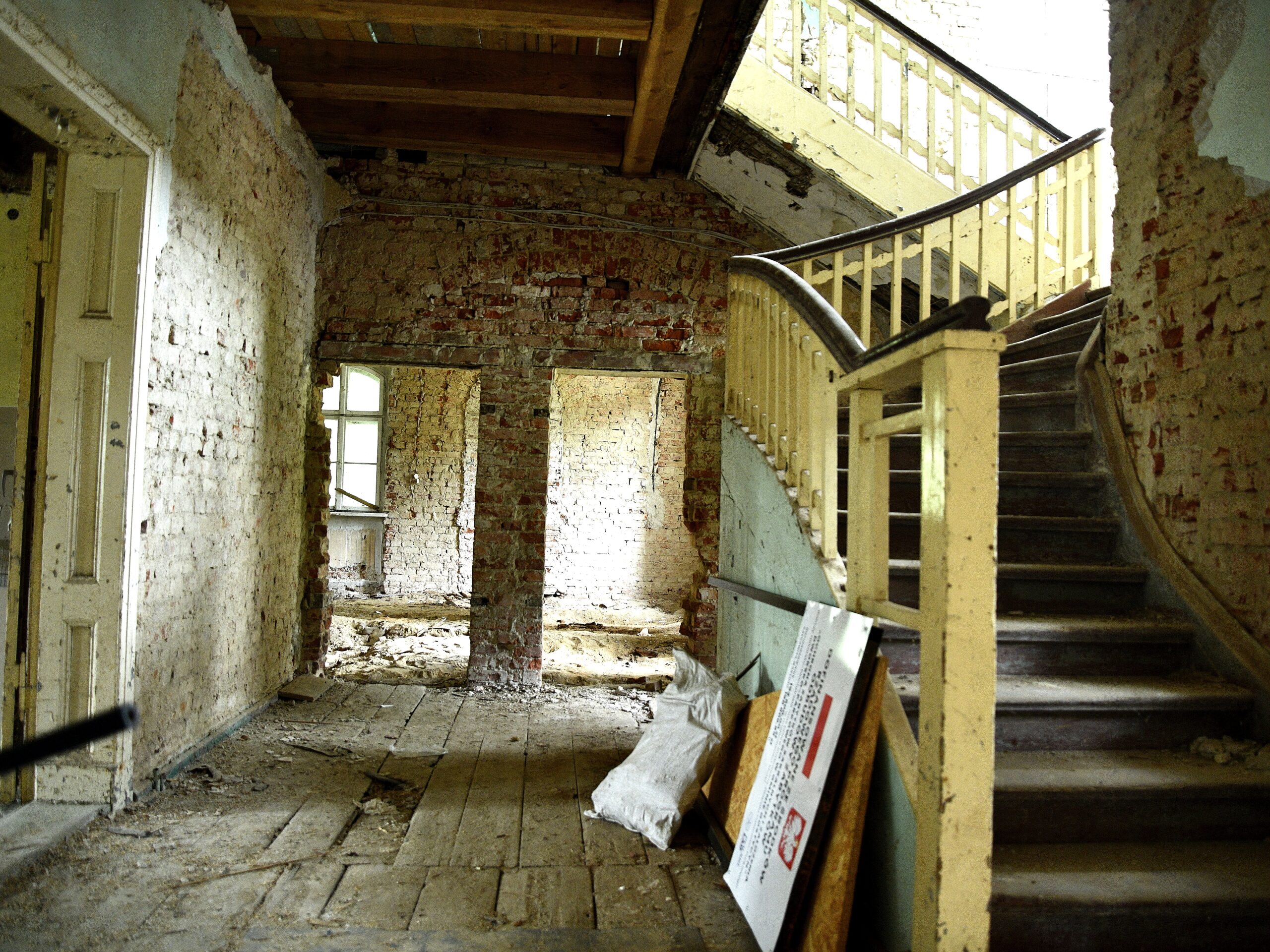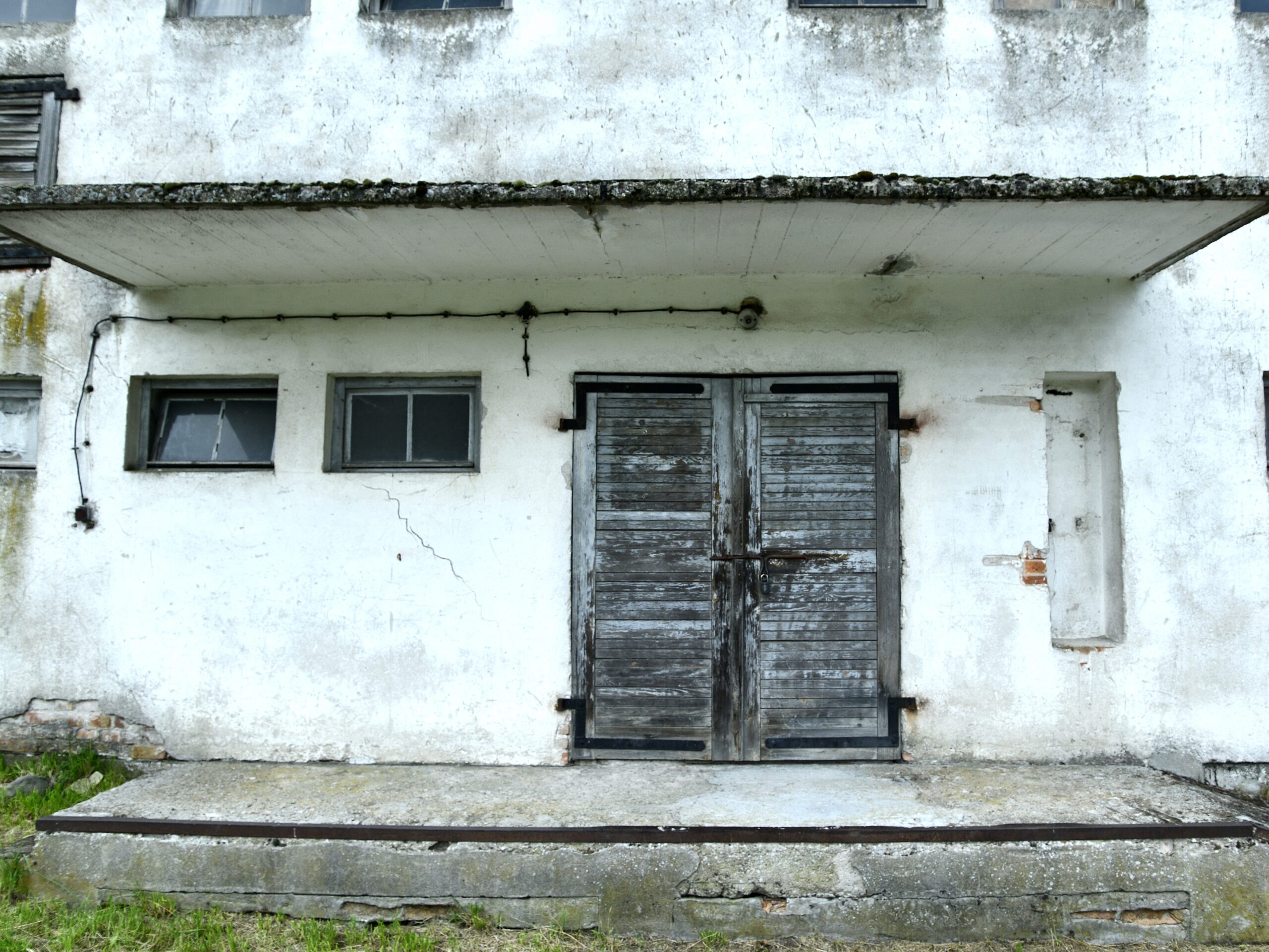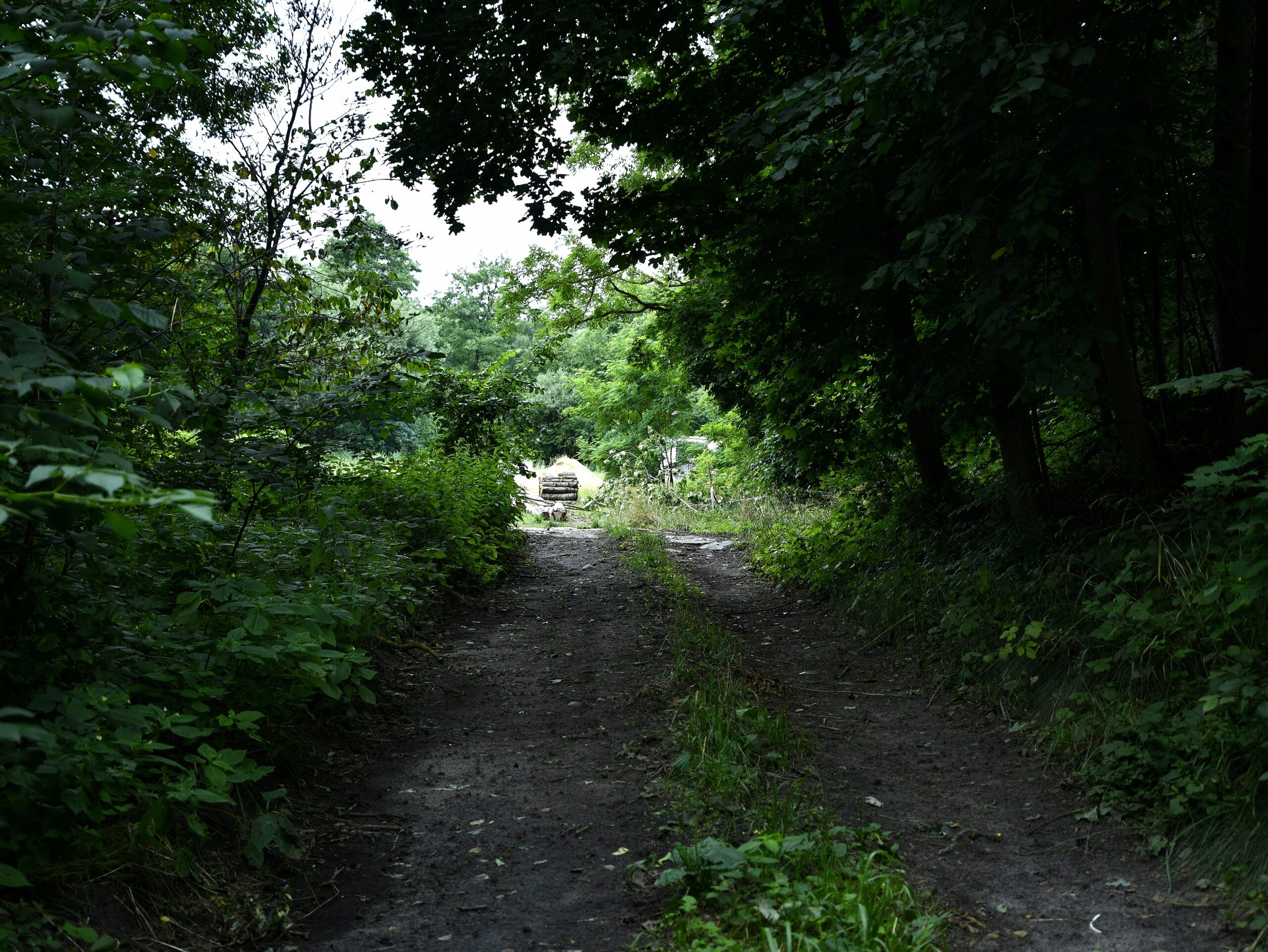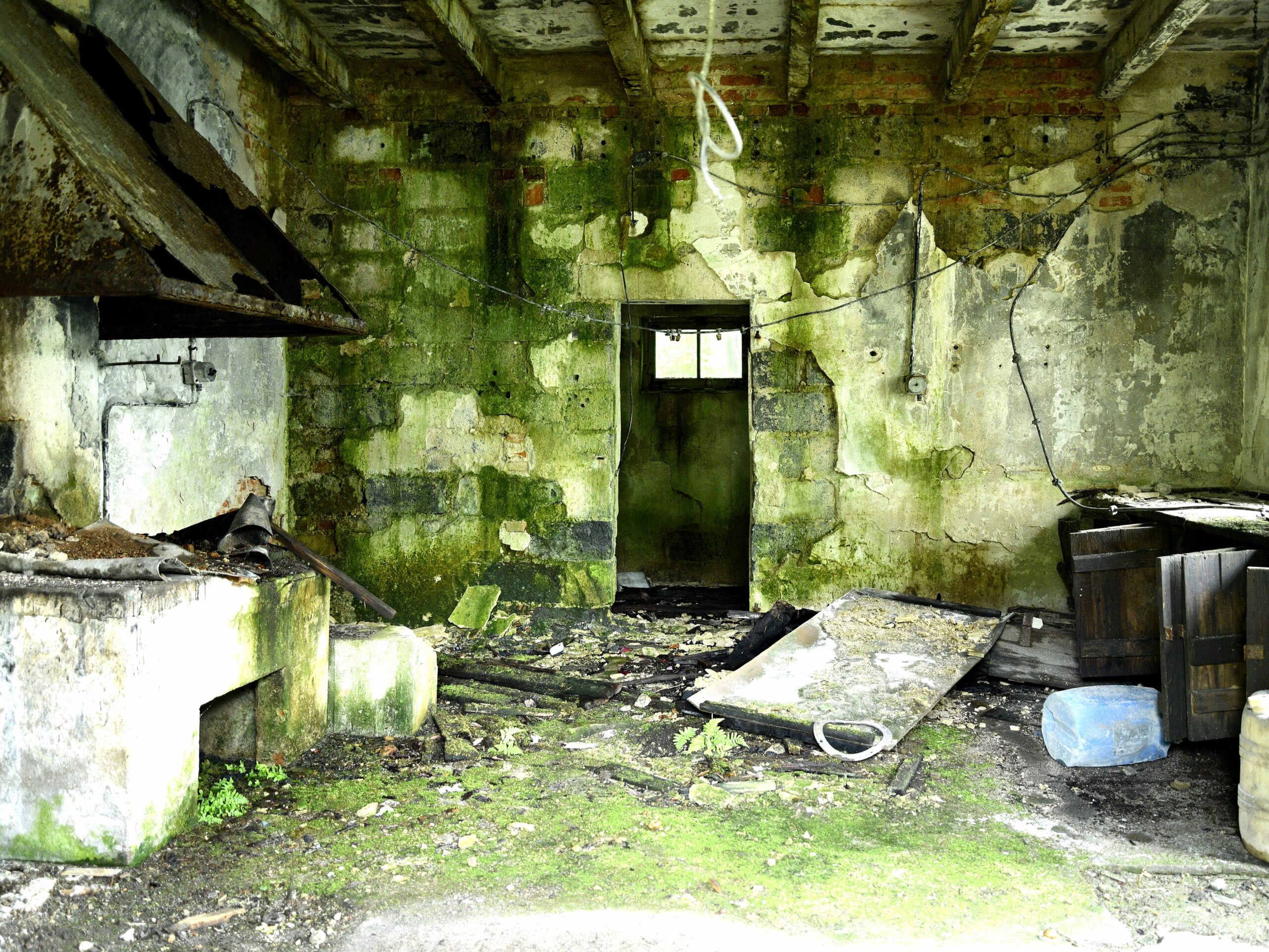MOTYL
2024
History of Motyl
Written by Michalina Jankowska
Motyl (eng. Butterfly) is a settlement in Poland that includes a palace-park complex with farm buildings from the late 19th century. At that time, the estate featured a palace, a water mill, a barn, a blacksmith’s shop, and several other buildings.
Before the Second World War, the property was owned by the Jankowski family. After the war broke out, Nazi Germany took over the property.
Following the end of the Second World War, communism took hold in Poland, and the Jankowski family was once again expelled, with the property being seized by the communist Polish state, the People’s Republic of Poland (PRL).
This was not entirely an independent Polish state since it was under Soviet occupation and a communist regime. The nature of this system was to fight against private ownership, the owning class, and capitalism.
After the fall of communism in Poland we began efforts to reclaim the property. After a long legal battle, around 2010, we managed to recover part of the former estate – the palace-park complex and about 10 hectares of meadows and forested land. Unfortunately, after years of
neglect, we inherited the buildings in a state of ruin.
We are currently working to restore at least part of the former glory and breathe new life into them. There is also a beautiful park covering 1.3 hectares, diverse in both age and species.
Among the linden, beech, maple, and ash trees, we find a monumental pedunculate oak with a circumference of 460 cm(181 inch), growing along the road to the palace.
Current progress
The recovery of the estate has brought together all generations: my grandfather – Eligiusz Jankowski, my father – Radosław Jankowski, and myself – Michalina Jankowska – are
committed to ensuring that this place does not get destroyed and that our ancestors are not
forgotten.
We are beginning the revitalisation with the palace from 1863, the interiors of
which you can see in the photos. It is a listed historical relic, and therefore, every change must
be approved by a conservator of cultural heritage.
Thanks to grants and our own
contributions, we have already renovated the roof, and work is ongoing to renovate the floor.
Our plan is to create a place not only for our family to live but also a place open to people. We
aim to nurture the park, establish a so-called ‘food forest’, and operate as much as possible
according to permaculture principles. Additionally, we plan to cultivate hemp and process it
ourselves.

Currently, the project includes plans for around 8 guest rooms, with the ultimate
goal of expanding the accommodation by adapting the old farm buildings for agritourism
purposes. This will provide excellent space not only for regular agritourism but also for
multi-day workshops on traditional crafts (weaving, pottery, sourdough bread baking, etc.).
We wish to preserve the original spirit of this place, while also opening it to other cultures, to
share our values and promote self-sufficiency, respect for nature, and a healthy, active
lifestyle.
The place is exceptionally charming, as it is located directly adjacent to the Tuchola Forest, one of
the largest forest complexes in Europe, with unique values, partially protected by law. It is
part of an ecological corridor that allows animals to migrate freely along the east-west axis.
Among the wildlife, you can encounter the white-tailed eagle, osprey, black stork, wolves,
deer, and many others. There are also very rare formations of primeval forest, characteristic of
this geographical latitude, including oak-hornbeam and beech groves.
———————————————————————————————————————————-
The realization of these dreams is, of course, associated with considerable costs, patience, and
effort. Therefore, we count on your support. We invite you to contact us and also to visit.














































